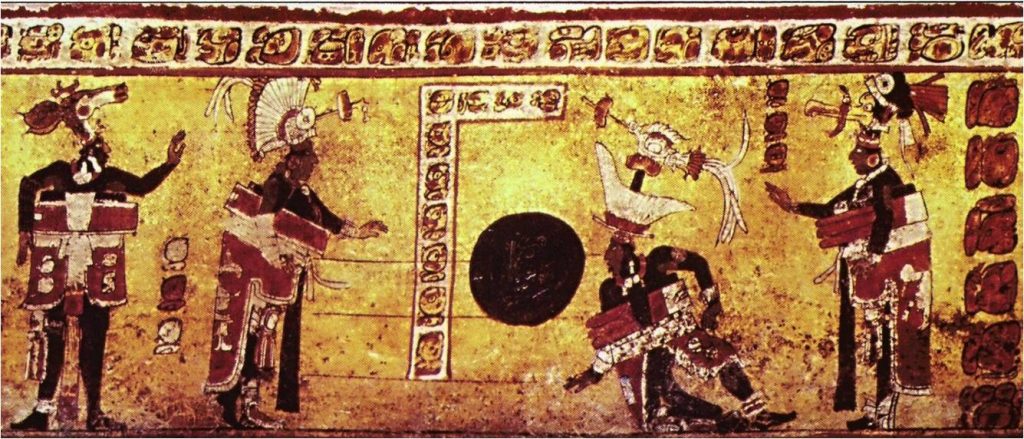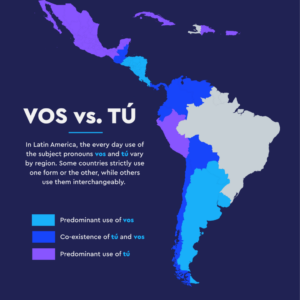El juego de pelota, dating back to 1500 BCE, is known as the oldest ball game ever created in human history. It was played across many Mesoamerican civilizations and recognized as one of the most solemn events of that time. The game held religious, social, political, and ritualistic significance unlike any other. This sport was more than just a game, but quite frankly, it was an event that often resulted in life or death.
The origins of this game are not precisely known, but many historians believe its first appearance to have derived from the Olmec society, the first major civilization in Mesoamerica.1 The Olmecs, who inhabited the gulf coast of Veracruz, were recognized for their development of latex in the pre-classical era. In fact, many game balls consisting of latex have been recovered from the region and have led historians to believe this evidence to be the origins of this great, ancient game. As millennia have gone by, several different Mesoamerican civilizations have adopted this sport and created their own unique styles of play. However, the general idea of the game was never changed.
The ball game consisted of two teams, ranging between two to four players. The players would wear protective garments and sometimes dress up in representations of an animal. Depending on the situation and culture, players would compete on uniquely structured ball courts. On game-day all members of the society would gather around with excitement for the big match up. Unfortunately, this was no light matter, and nothing close to our typical spectator-sports.2
There has been approximately thirteen-hundred courts discovered, from the state of Arizona to the southern most parts of Paraguay. These courts were comprised of a large, flat field with two walls on each side. Typically, these walls would be slanted. However, with many different cultures, these ball courts were not all the same across the geographic regions. However, they all had one thing in common: a ring mounted on the wall (whether it was flat or slanted). This large stone ring (on both sides), standing high and tall on the wall, would be the area where the players would aim to score. The goal of the team was to hit the rubber ball, without using their hands, into the mounted ring. In order to hit the ball, they would propel their bodies and fling their hips. This difficult motion made the game a challenge, and it was only capable of being played by a select few of each society.3

Unlike any other game, it was made up of tactical movements rarely seen in today’s professional sports. Players risked severe injuries by throwing there bodies across the stone court. In addition, the impact of the rubber ball could cause horrible bruising, often leading to internal bleeding, and possibly even death. If the game did not kill the player, the outcome certainly could. Due to the game’s religious nature, players who lost the match would often be sacrificed to the gods and killed in a ceremonial event.4
This game was a big influence across societies in Mesoamerica. It was not only a sport, but a highly regarded event. The Mayans considered it an opening to the underworld and intertwined the sport with mythological significance. The cost of losing would conclude in a sacrificial act; in this way, members of the society were able to keep their gods happy and ultimately balanced. As time went by, when the Aztecs adopted the game, it was seen as a problem solver. Players would compete on the stone courts, fighting for hierarchy and dominance. This formal competition would also lead to solving political conflicts. It was a great act of gamble, and certainly one with great significance.5
No matter the society, this game left a most distinctive resonance. It endured through many civilizations as the centuries went by, and created a sport with rich meaning. Whether through the symbolism of mythological gods or simply for the sake of competition, this ball game left details and stories of the once great civilizations of Mesoamerica. Although today’s evidence is limited, the message given across these magnificent stone courts is clearly shown.
- Jeffrey P. Blomster, “Early Evidence of the Ballgame in Oaxaca, Mexico,” Proceedings of the National Academy of Sciences of the United States of America 109, no. 21 (2012): 8020–25. ↵
- Salem Press Encyclopedia, January 2015, s.v. “Mesoamerican Ball Game,” by David A. Crain. ↵
- Colleen P. Popson, “Extreme Sport,” Archaeology 56, no. 4 (October 9, 2003): 42–48. ↵
- Zaccagnini Jessica, “Maya Ritual and Myth: Human Sacrifice in the Context of the Ballgame and the Relationship to the Popol Vuh” (Honors Thesis, Southern Illinois University Carbondale, 2003), 2-11. ↵
- World History Encyclopedia, 2011, s.v. “Mesoamerican Ball Courts – Fusing Game and Religion,” by Alfred J. Andrea and Carolyn Neel. ↵



70 comments
Sofia Andrade
I had heard of el juego de la pelota before but it was not until my trip to Cancun that I learned of this game in greater detail. In visiting Chichen Itza I was able to see the great courts where the sport was played and the height of the rings the ball was to be scored into. In a presentation of the game it was demonstrated how the ball was actually lit on fire.
Alexander Manibusan
If I remember correctly, the name of the ball game in Nahuatl (the language the Aztecs spoke) is called tlachtli. I did not know that the ball game was seen as “a great act of gamble” to the Aztecs. That’s interesting! What surprised me, even more, is that the ball courts are present in Arizona! From Mexico to Paraguay I can see. But how did it go to the north? I find that so fascinating.
Samuel Ruiz
I remember seeing this sport being played in the cartoon movie, “El Dorado” and always wandered what it was. It is amazing that at this sport was so violent and deadly. I imagine it being soccer, basketball, and tackle football all put together into one sport. What is most surprising is that the game was so popular and that many courts have been discovered. I cannot imagine how may people have died playing the sport.
Matthew Wyatt
A well written piece. I only wish there was more information about the rules of the game and maybe some specific examples of how the outcomes of certain games affected political and historical events. The piece could also benefit from adding some more images, including perhaps a depiction of a person striking the ball with his hip. All in all this is an interesting article and it’s always a compliment when the main criticism is “I wish there was more.”
Belia Camarena
It is crazy the amount of significance that Mesoamerican civilizations placed on ball games. To them, this was so much more than a game, and I was surprised to read that they even used this game to solve political conflicts. To me, this seems a bit risky, since they allowed major political decisions, which could impact the entire community, up to chance and skill. I also find it har to believe that in some cases, the losers were sacrificed to appease the gods.
Iris Henderson
After visiting the Chichen Itza ball court myself a few years ago, I learned of this story. I think the author did a good job with covering the basic points but I do wish they would have tried to go in more depth. I will say that although I knew the loser would be executed, I did not previously know that they used the sport to resolve political conflict.
Max Lerma
It is insane to think that at the end of these matches the players would be put to death. I had heard of these games before, but never knew many details about them. I played soccer throughout high school and can remember the fact that being hit a soccer ball is not much fun, I cannot imagine how painful a rubber ball would have been. Thanks for contributing this article, it was a fun read!
Joshua Castro
When I think about these early civilizations, very rarely do ball games come across my mind. For some reason I seem to dismiss the idea that they had a form of entertainment. This is a very interesting game that I have heard about before that I have seen to resemble both the current sports of soccer and basketball. It seems almost normal when compared to modern day society, until you get to the fate of the losers. It’s crazy to think that if you lost you had to be sacrificed! Count me out! This was a really great and interesting read!
Kimberly Simmons
It’s interesting that people in this early time period played ball games. When I think back that far, I imagine everyone either reading holy texts or working to provide for their villages. The game itself seems difficult – having to use parts of your body other than your hands is challenging in itself. And the fact that you could die from playing it just shows the intensity of this “game.” Great article, though! I never would have known that such an activity ever existed.
Angelica Padilla
I really like this article because it shares the ‘fun’ part of the mesoamerican civilization. In the beginning this did remind me of soccer, and thought it was how soccer started but I wonder it is a different form that somehow transformed to something different. It is interesting knowing that these things do exist in past civilizations. Overall, great article!